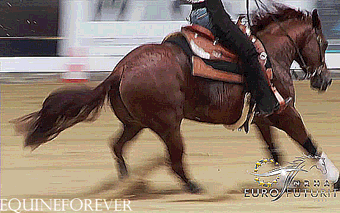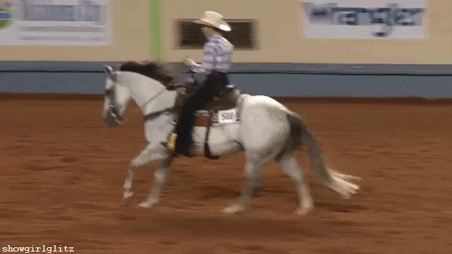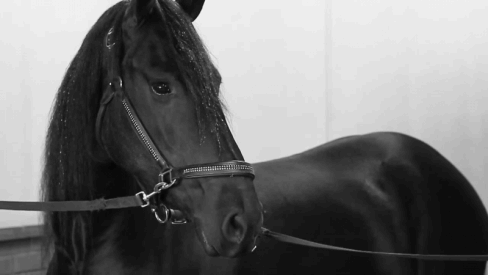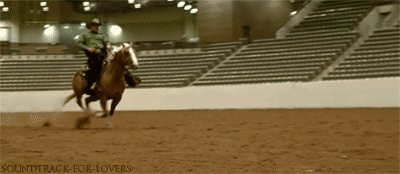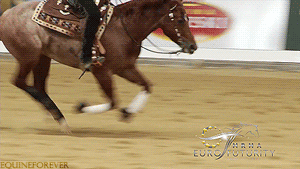Post by twiztid on Jan 19, 2016 20:11:33 GMT -5
BASICS COLORS;;BAYBody color ranges from a light reddish-brown to very dark brown with "black points". (Points refer to the mane, tail, and lower legs.)Dark bay: very dark red or brown hair, difficult to distinguish from seal brown. Sometimes also called "black bay", "mahogany bay", or "brown".
Blood bay: bright red hair; often considered simply "bay".
Brown: The word "brown" is used by some breed registries to describe dark bays. There is a distinct allele that darkens a bay coat to seal brown (At), but it is not the cause of all forms of dark bay. Informally, "brown" is applied to many distinct coat colors. Most often, horses described by casual observers as "brown" are actually bay or chestnut. In the absence of DNA testing, chestnut and bay can be distinguished from each other by looking at the mane, tail and legs for the presence of black points.
EXAMPLES:
--- Seal Bay
--- Mahogany Bay
Dark Bay
Blood Bay
BrownCHESTNUTA reddish body color with no black. Mane and tail are the same shade or lighter than the body coat.
Liver chestnut: very dark brown coat. Sometimes a liver chestnut is also simply called "brown".
Sorrel: Reddish-tan to red coat, about the color of a new penny. The most common shade of chestnut.
Blond or light chestnut: seldom-used term for lighter tan coat with pale mane and tail that is not quite a dun.
EXAMPLES:
Liver Chestnut
--- Flaxen Liver Chestnut
--- Flaxen Chestnut
Sorrel
Light ChestnutGRAYA horse with black skin but white or mixed dark and white hairs. Gray horses can be born any color, and lighten as they age. Most will eventually gray out to either a complete white or a "fleabitten" hair coat. Most "white" horses are actually grays with a fully white hair coat. A gray horse is distinguished from a white horse by dark skin, particularly noticeable around the eyes, muzzle, flanks, and other areas of thin or no hair.
Salt and Pepper or "steel" gray: Usually a younger horse, an animal with white and dark hairs evenly intermixed over most of the body.
Dapple gray: a dark-colored horse with lighter rings of graying hairs, called dapples, scattered throughout.
Fleabitten gray: an otherwise fully white-haired horse that develops red hairs flecked throughout the coat.
Rose gray: a gray horse with a reddish or pinkish tinge to its coat. This color occurs with a horse born bay or chestnut while the young horse is "graying out".
EXAMPLES ::
Steel Gray
Dapple Gray
Fleabitten Gray
Rose GrayBLACKBlack is relatively uncommon, though it is not "rare". There are two types of black, fading black and non-fading black. Most black horses will fade to a brownish color if the horse is exposed to sunlight on a regular basis. Non-fading black is a blue-black shade that does not fade in the sun. Genetically, the two cannot yet be differentiated, and some claim the difference occurs due to management rather than genetics, though this claim is hotly disputed. Most black foals are usually born a mousy grey or dun color. As their foal coat begins to shed out, their black color will show through, though in some breeds black foals are born jet black. For a horse to be considered black, it must be completely black except for white markings. A sun-bleached black horse is still black, even though it may appear to be a dark bay or brown. A visible difference between a true black and a dark chestnut or bay is seen in the fine hairs around the eyes and muzzle; on a true black these hairs are black, even if the horse is sun-bleached, on other colors, they will be lighter.



